
Switzerland gets ready for increasing risks of severe drought

Switzerland’s abundant water resources do not make it immune to drought. A new national monitoring and warning system aims to ensure sufficient water for the future.
The summer of 2022 was another wake-up call for much of Europe, hit by the worst drought it witnessed in 500 years. Even Switzerland had to face dry water sources, river levels at historic lows, and lakes partially dried up.
Drought is a global problem that climate change is exacerbating. Water scarcity is becoming more pronounced and more frequentExternal link. It is affecting not only the hottest and driest parts of the planet, but also temperate areas, such as precisely Switzerland and all the Alps. In the long term, the climate in Switzerland will be warmer and drier.
Droughts can lead to water shortages for people, jeopardise agricultural crops and increase the risk of forest fires. When water flow in rivers decreases, hydropower plants produce less power and navigation is more difficult.
As a response to the growing threat, Switzerland decided to expand its natural hazard warning system to include drought. On May 8, the federal agencies responsible for the environment, meteorology and topography launched a new online platformExternal link that presents the current drought situation and forecasts its future development.
“In the future, the danger of drought in Switzerland will increase at all times of the year,” says Paul Steffen, deputy director of the Federal Office for the Environment. “We need to prepare and take measures to safeguard our water resources and reduce water shortages,” he adds.
The Swiss initiative will place drought on par with other hazards. It will allow Switzerland to plan and respond to upcoming droughts.
“As far as I know, Switzerland is the only country that deals with drought in the same way as other natural hazards. We have the same kind of warning system for earthquakes, thunderstorms and other natural hazards,” says Vincent Humphrey of the Federal Office of Meteorology and Climatology (MeteoSwiss).
How does the Swiss drought warning system work?
The new platform combines meteorological, hydrological and satellite data. It provides up-to-date information on precipitation, rivers flow and lakes level in all regions of Switzerland.
A drought indicator integrating all relevant factors provides an overview of the current situation and allows forecasts for the next four weeks. In the event of drought, the system issues warnings based on three danger levels (weak, moderate or marked).
Measurement data on soil moisture and water temperatures will be added in 2026. MeteoSwiss will establish a nationwide network of sensors to detect soil moisture at different points in the country in real time.
The drought warning system will be complete in 2031. “We would also like to integrate plant and population water demand forecasts,” Humphrey says.
What is drought?
It is a prolonged lack of water due to insufficient rainfall or heavy evaporation.
There are three types of droughts. Meteorological drought happens when there is no rain for a long time. In Switzerland, it means less than one millimeter of rain is measured at a station for the longest period.
Hydrological drought occurs when water levels in lakes and rivers drop below a certain point. Agricultural drought happens when the soil is very dry, and plant roots do not get enough water.
>> The slides below show some figures about droughts around the world
What causes drought?
The persistence of an atmospheric high-pressure zone that limits rainfall and high temperatures is among the main natural causes of drought. Increased drinking water consumption and water use, for example due to population growth, can also lead to a water deficit, while deforestation and intensive agriculture dry out soils.
Human-induced climate change is also causing droughts, or rather increasing their likelihood. Multi-year droughts such as those that have affected Chile, the southwest of the United States and Australia have become more frequent, longer and more extreme over the past 40 years, according to a recent studyExternal link conducted by the Swiss Federal Institute for Forest, Snow and Landscape Research.
Why is it important to predict droughts?
Knowing when there will be periods of low water availability enables farmers or operators of hydropower plants to better plan the irrigation of their land and electricity production, respectively. Forestry services can take action to prevent forest fires.
A drought warning system also allows for alternatives to shipping on lakes and rivers. Shipping on the Rhine for instance, is essential for exporting and importing Swiss goods. A suspension of service due to low river levels-the current Rhine levels are below the average of the past 30 yearsExternal link-could affect trade and the national economy.
Information and early warnings enable authorities to raise awareness of water consumption and, if necessary, introduce concrete measures. For example, a ban on washing vehicles or filling private swimming pools.
“If we had had such a system as early as 2022, communication to the population would have been more efficient. The authorities would have had less difficulty convincing people to consume water sparingly,” says Mauro Veronesi, who heads the Office of Water Protection and Water Supply in Canton Ticino, among the regions most affected by the drought.
The ability to make forecasts weeks in advance helps us and manage water resources more sustainably, Veronesi adds.
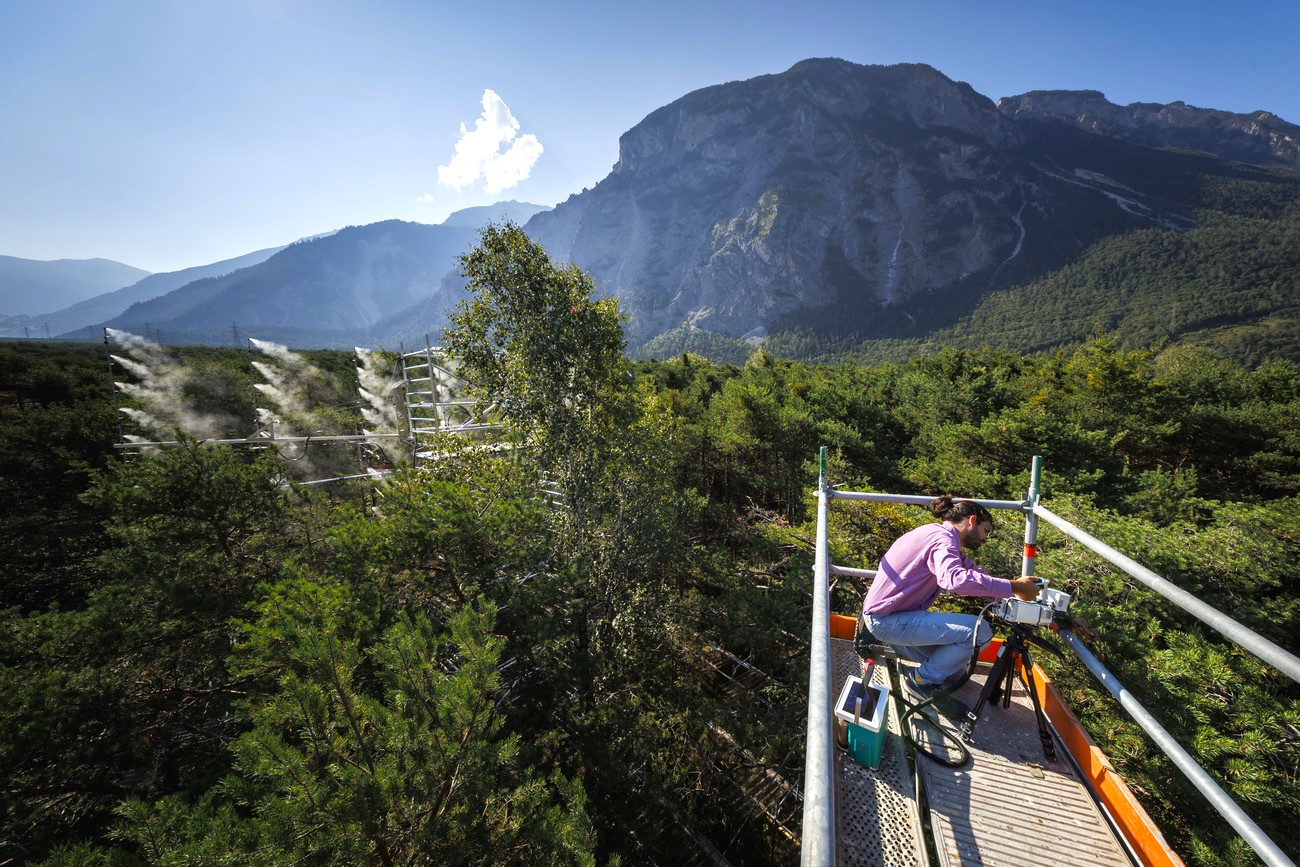
More
Swiss experiment targets forest drought, a driver of climate change
What are other countries doing to face droughts?
Switzerland was inspired by the solutions adopted by countries that have historically been most affected by droughts, Vincent Humphrey tells SWI swissinfo.ch.
Among them is the United States, which introduced a drought monitoring systemExternal link in 1999. It consists of an integrated indicator and a map updated weekly showing the intensity of droughts. The US system is the most sophisticated in the world and provides monthly and seasonal forecasts.
Members of the European Union use the European Drought Observatory. Introduced in 2007, this tool analyses rainfall, soil moisture, groundwater levels, and vegetation water stress, among other indicators. “However, river flows are defined based on computer models, whereas in Switzerland we have in situ measurements,” Humphrey points out.
But systems that warn of droughts or other extreme weather events do not cover one-third of the world’s population.
Edited by Virginie Mangin/ac
More

In compliance with the JTI standards
More: SWI swissinfo.ch certified by the Journalism Trust Initiative









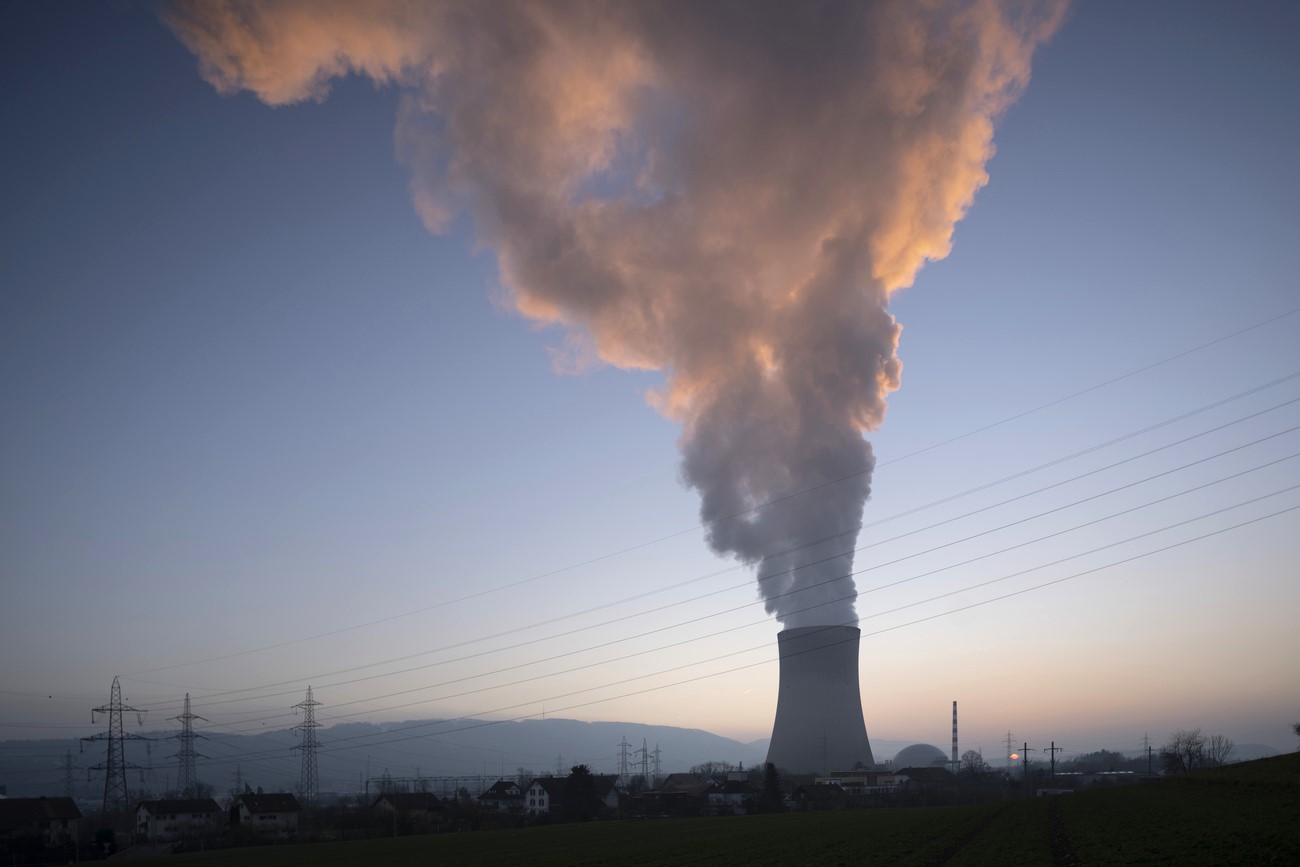
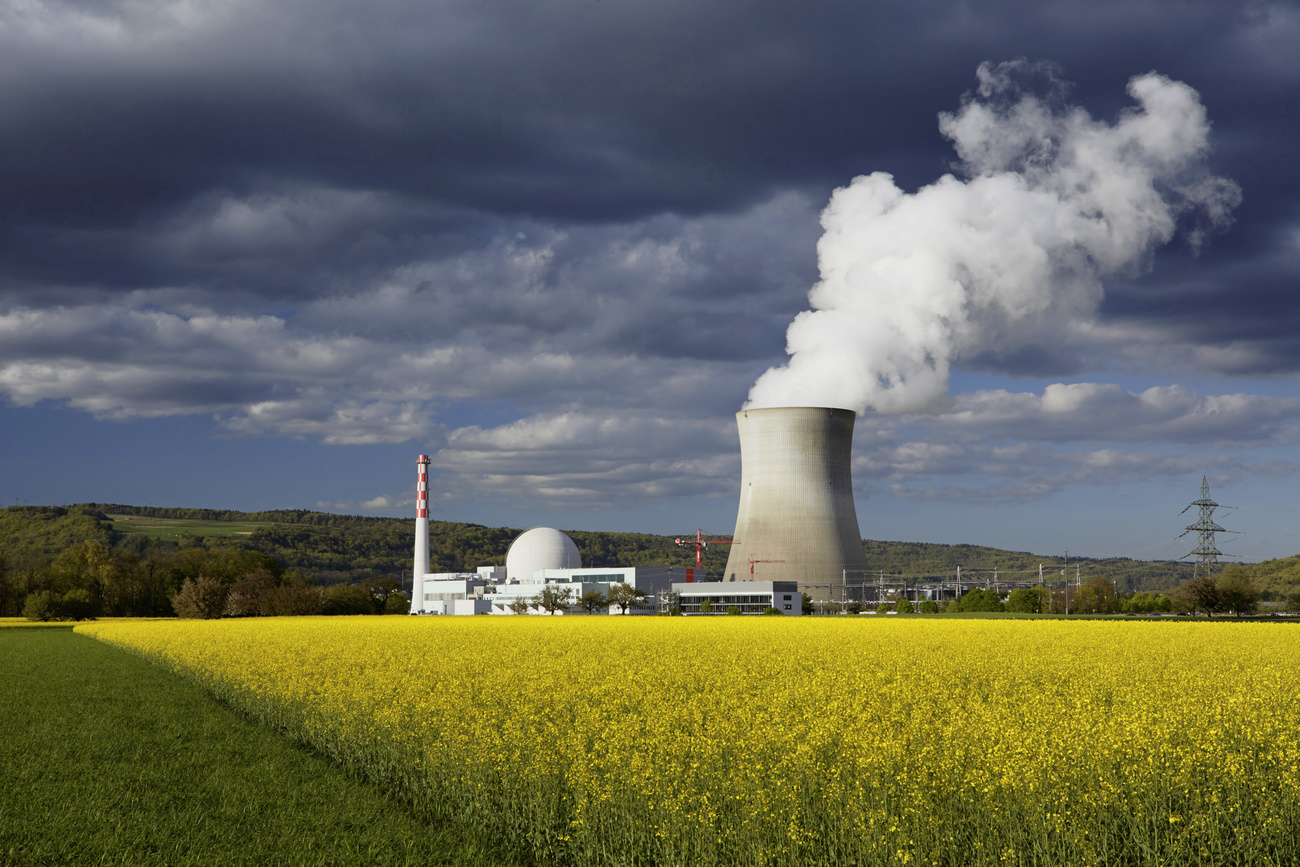




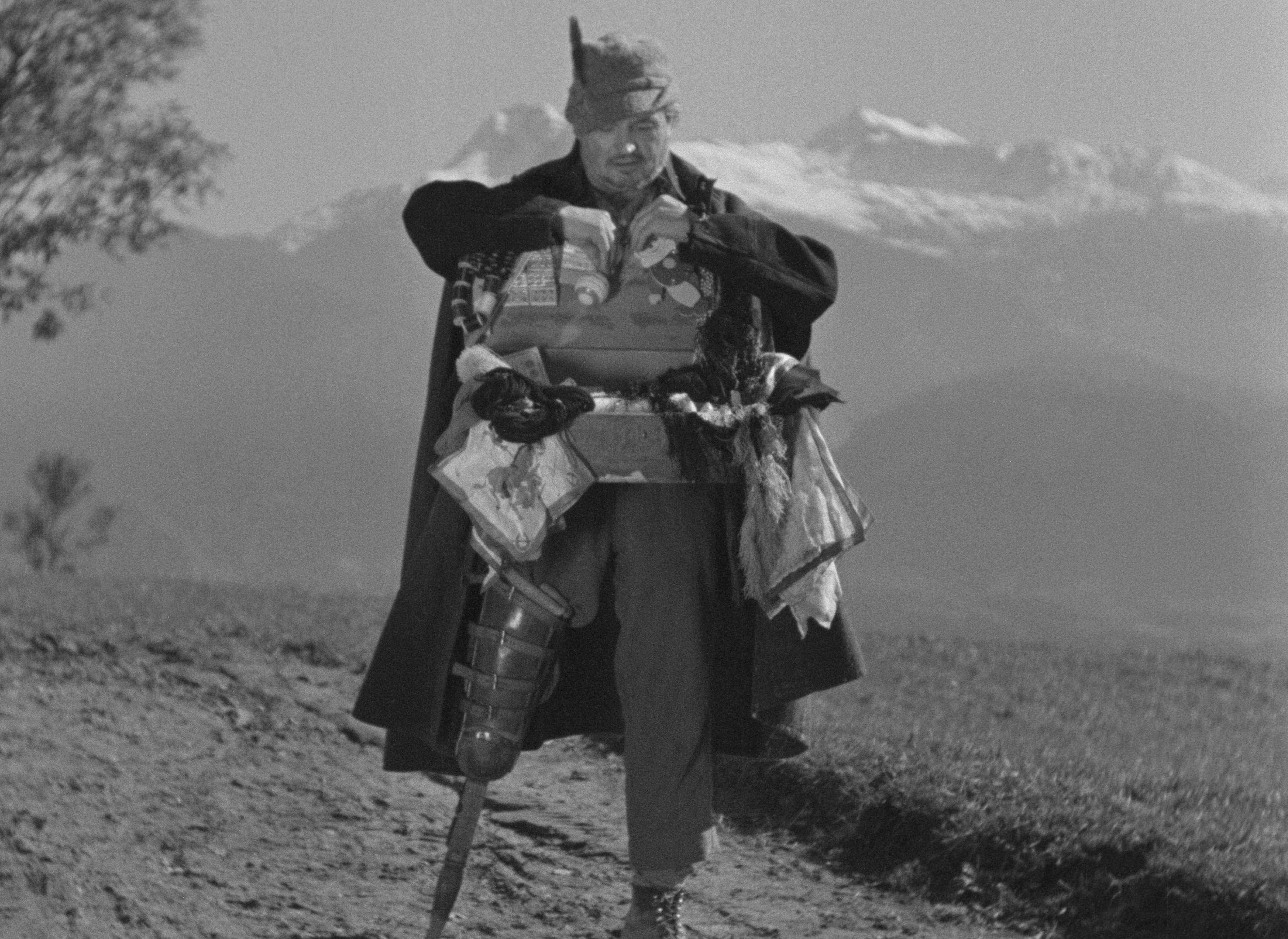
















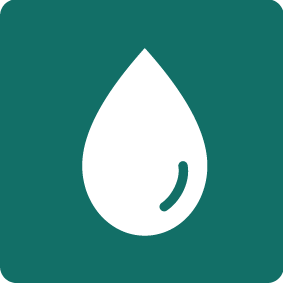
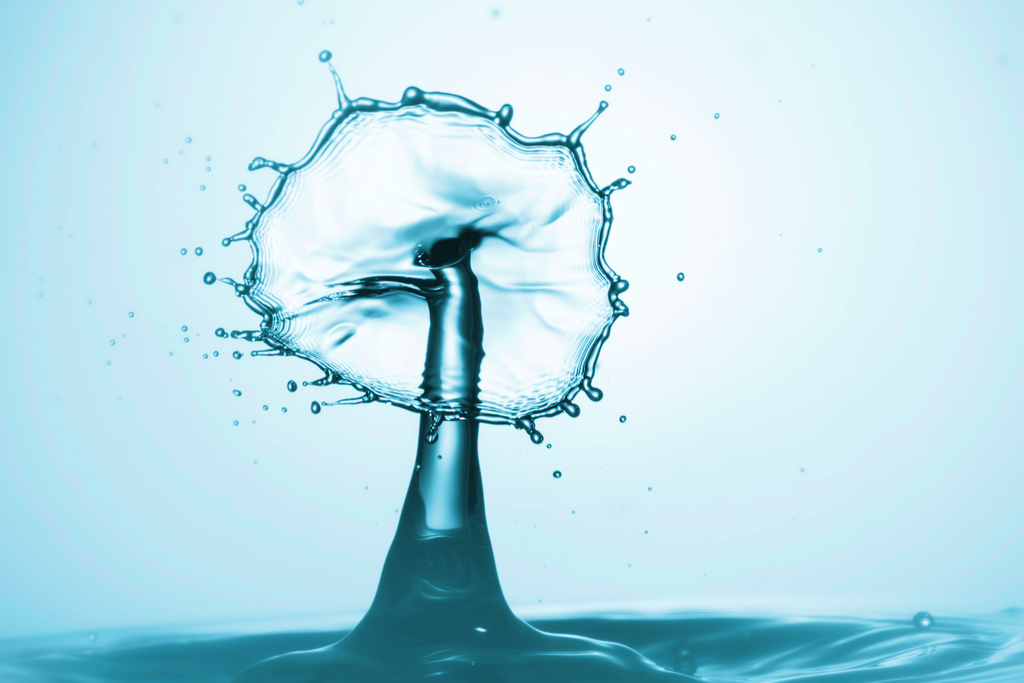
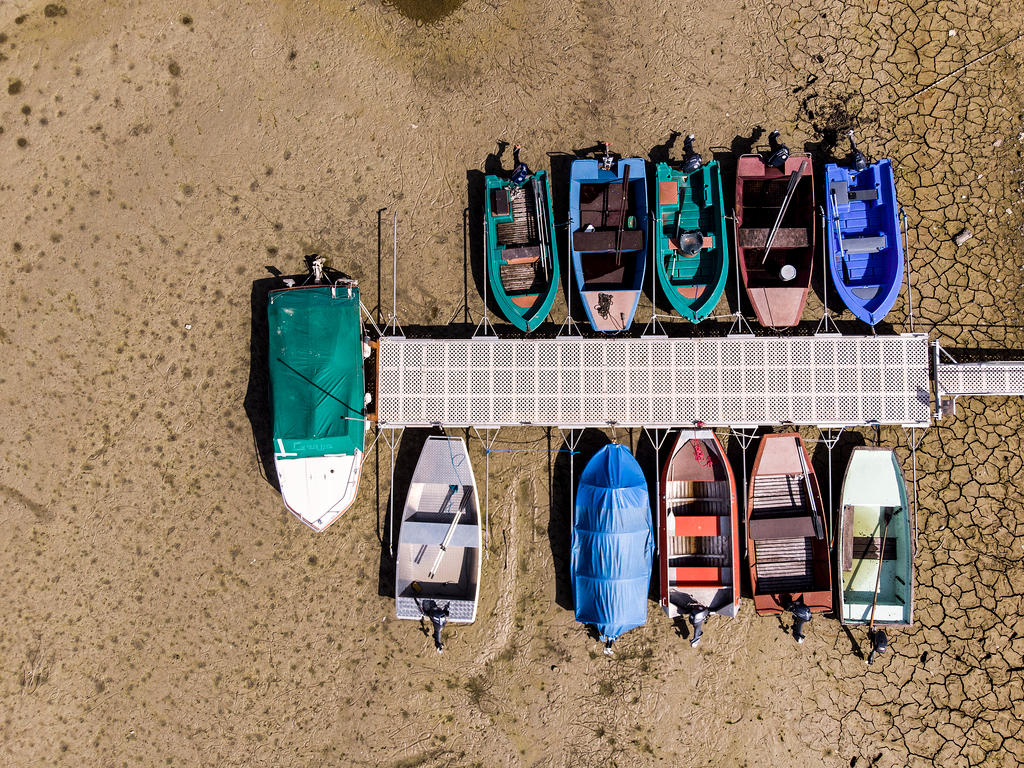
You can find an overview of ongoing debates with our journalists here . Please join us!
If you want to start a conversation about a topic raised in this article or want to report factual errors, email us at english@swissinfo.ch.